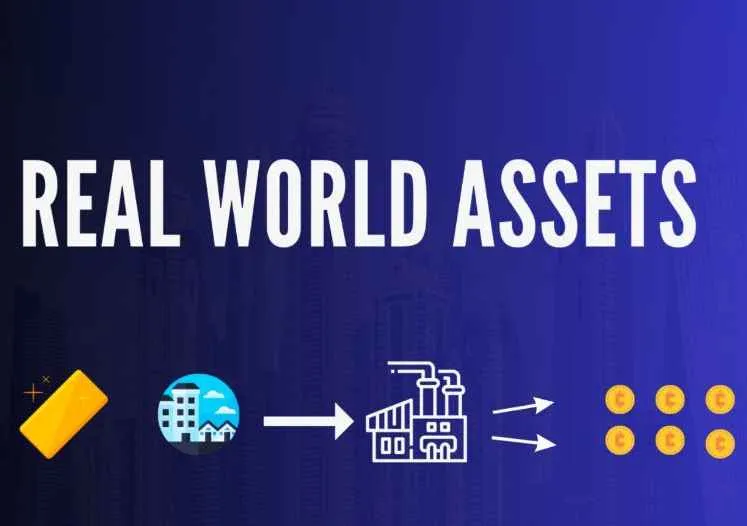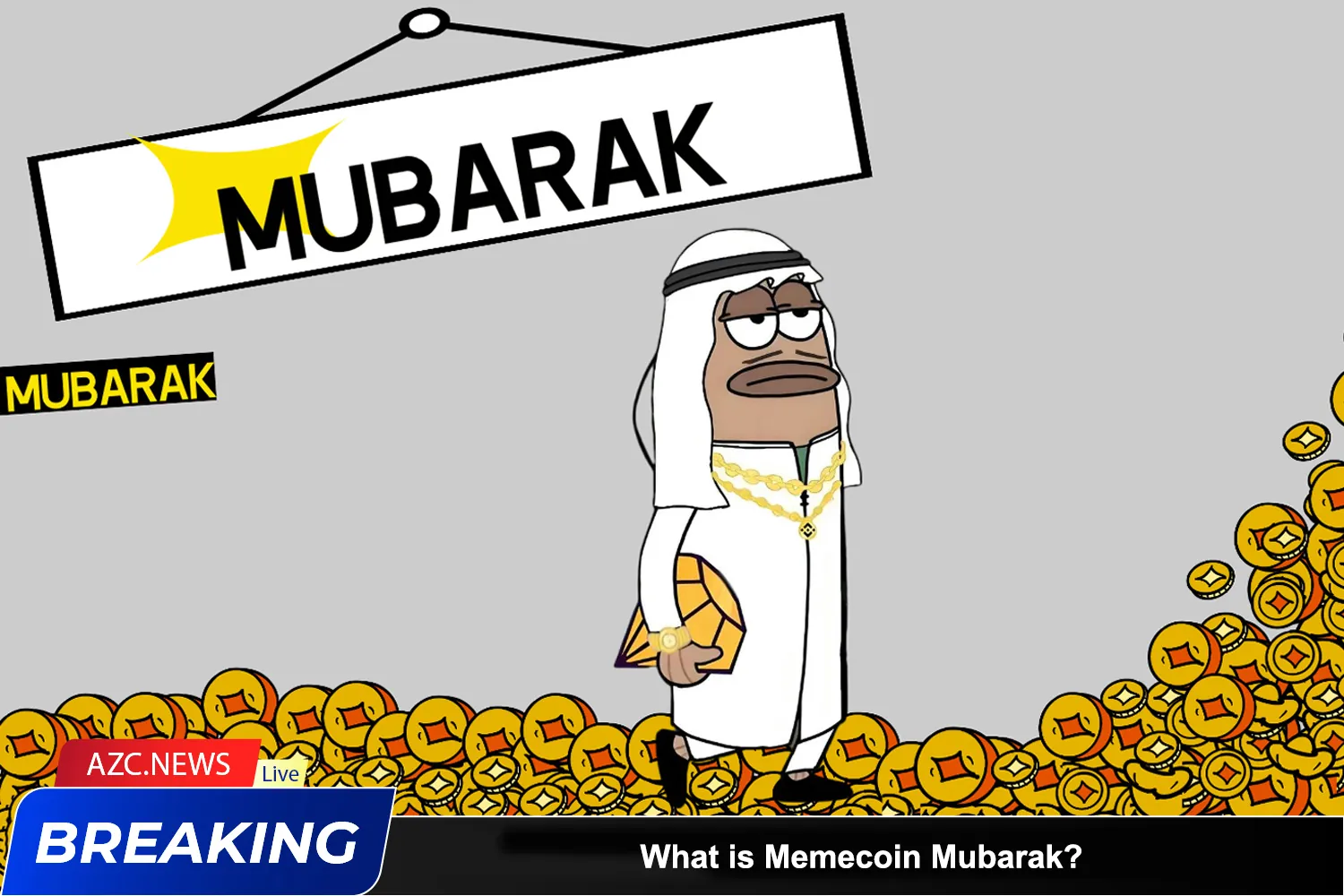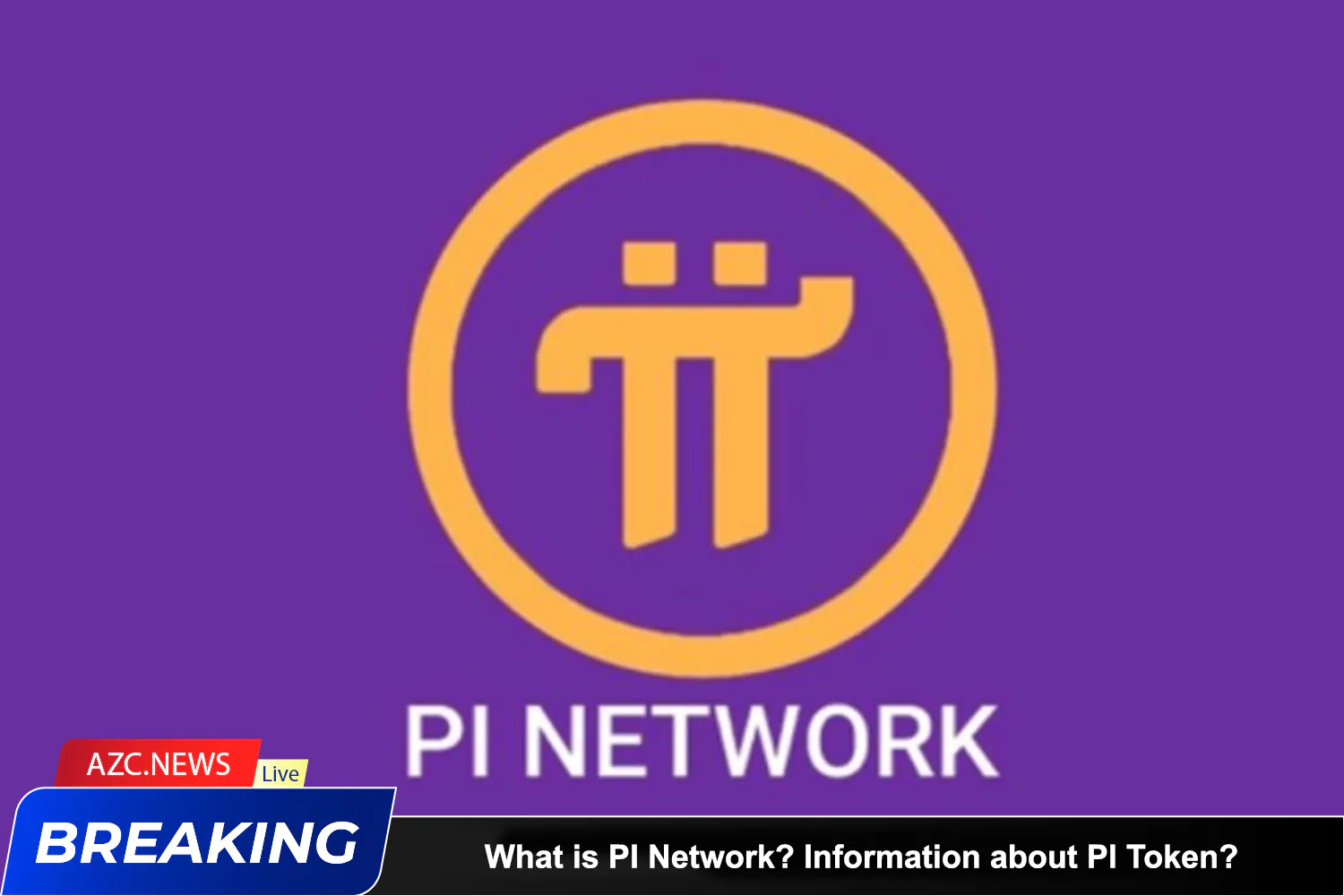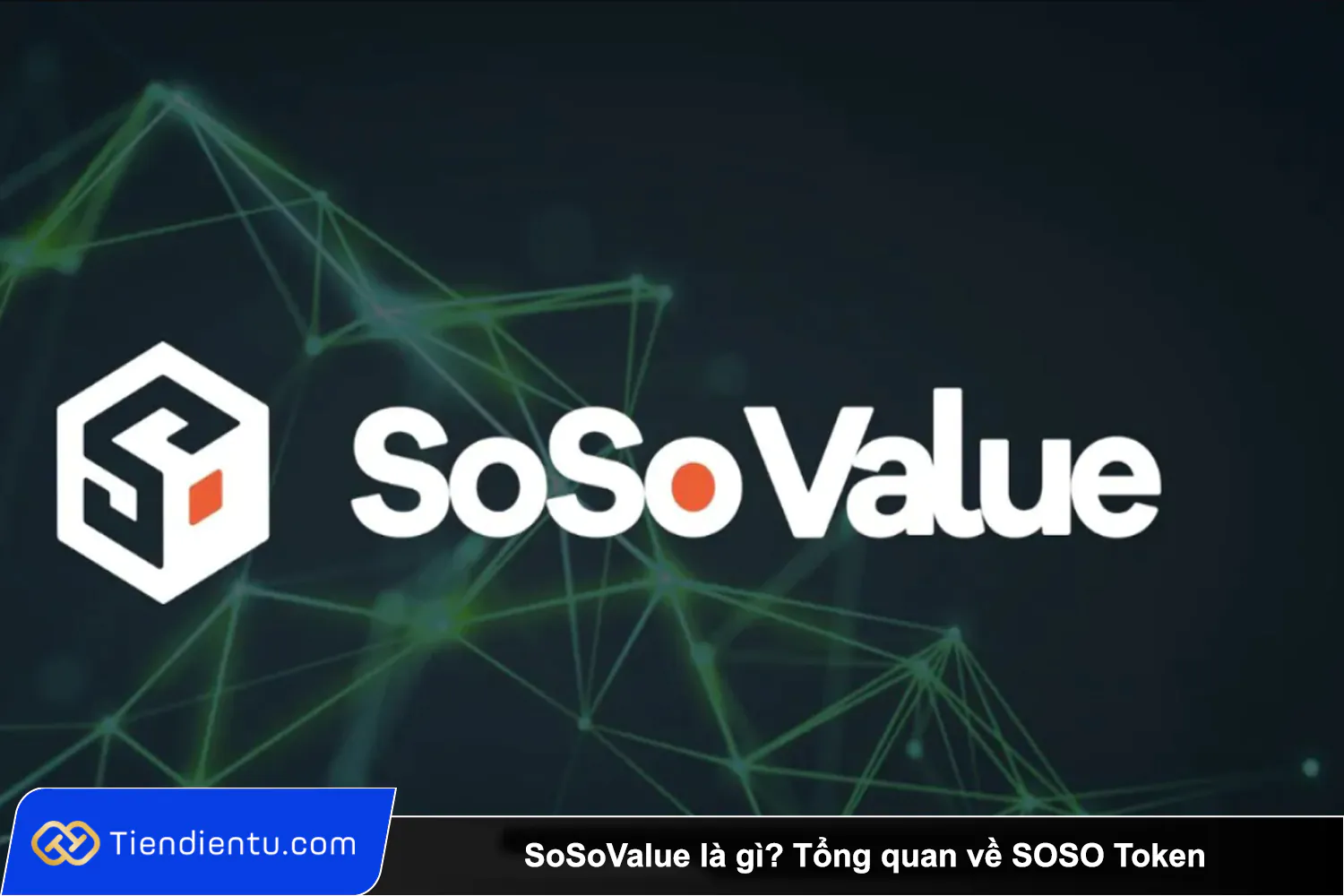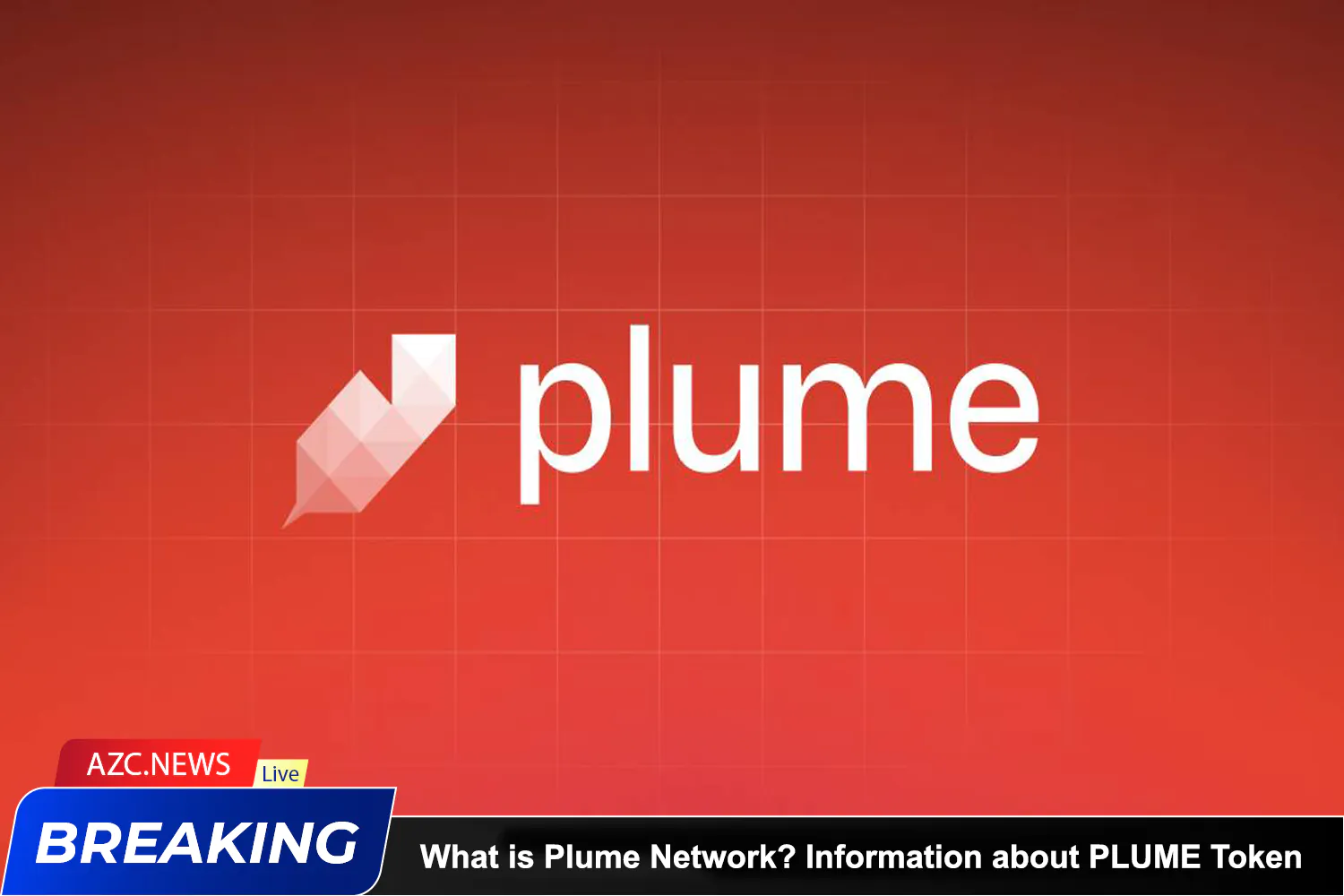What is a Real World Asset (RWA) in Crypto?
DeFi is a system consisting of financial applications that run on a blockchain network, such as Ethereum, without the need for an intermediary or central organization. The goal of DeFi is to build a more transparent and inclusive financial system using smart contracts, encryption, and P2P networks.
The sustainability of integrating RWA into the cryptocurrency ecosystem relies on a number of crucial factors. One key consideration is the adherence of platforms and RWA issuers to the relevant legal frameworks within their respective jurisdictions, which includes securing the necessary licenses and approvals. This approach serves to ensure the legality and safeguarding of both RWA tokens and their holders.
The reputation and reliability of the stakeholders involved in the tokenization process also exert a significant influence on the long-term viability of RWA adoption in cryptocurrency. They must furnish transparent and accurate information about the underlying assets, conduct thorough evaluations of their valuation, risks, and performance, all while guaranteeing their security and accessibility.
Blockchain technology used for tokenizing RWA must be robust, interoperable, and compatible with other blockchains and protocols, particularly those associated with DeFi. This enables RWA token holders to capitalize on their assets through a variety of DeFi strategies.
How sustainable is the use of RWA in cryptocurrency?
The sustainability of RWA utilization in the cryptocurrency domain hinges on several critical factors. A crucial facet is the adherence of RWA platforms and issuers to the pertinent laws and regulations within their jurisdictions, which includes procuring the requisite licenses and approvals. This measure guarantees the legitimacy and safeguarding of both RWA tokens and their holders.
Related: What are the challenges of tokenizing Real World Assets?
The reputation and trustworthiness of the entities engaged in the tokenization process also hold significant importance in the adoption of RWA within the cryptocurrency realm. They are required to furnish transparent and precise details concerning the assets, along with an accurate evaluation of their worth, risks, and performance, all while ensuring the security and accessibility of these assets.
Furthermore, the blockchain technology employed for RWA tokenization must exhibit resilience, interoperability, and compatibility with other blockchains and protocols, particularly those associated with DeFi. This will empower RWA token holders to harness their assets through a diverse range of DeFi strategies.
The RWA (Real World Assets) token is positioned for significant growth and widespread adoption in the years ahead, bringing forth fresh prospects for profit, risk management, and fostering innovation.
This trajectory is anticipated to extend into other financial instruments like corporate bonds, equities, and derivatives, consequently expediting payment processing, lowering costs, and bolstering liquidity in these markets.
Matrixport, a digital asset platform, has introduced tokenized short-term treasury bills (STBTs) on both the Ethereum and Stellar blockchains. This affords investors the opportunity to access interest rates seamlessly, free from risk and the complexities associated with traditional transaction execution and settlement.
Conclusion
Tokenizing real assets (RWA) and integrating them into the blockchain ecosystem holds immense potential for generating value and fostering innovation within both the cryptocurrency sector and the traditional financial system. This paves the way for fresh investment avenues and innovative solutions, offering sustainable and diversified income streams, along with novel ways to engage with tangible assets.
Nevertheless, this approach does encounter various challenges, including regulatory ambiguity, legal enforceability concerns, scalability issues, and matters related to trust. These hurdles must be diligently tackled through ongoing development and innovation efforts.

